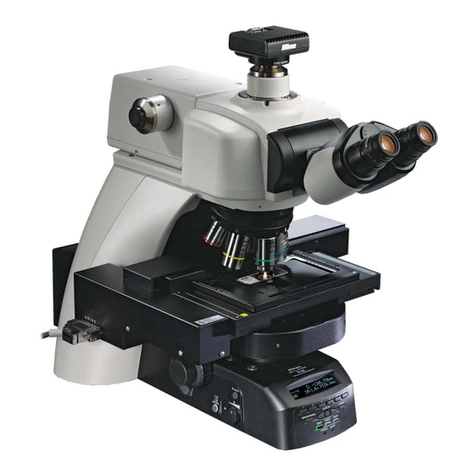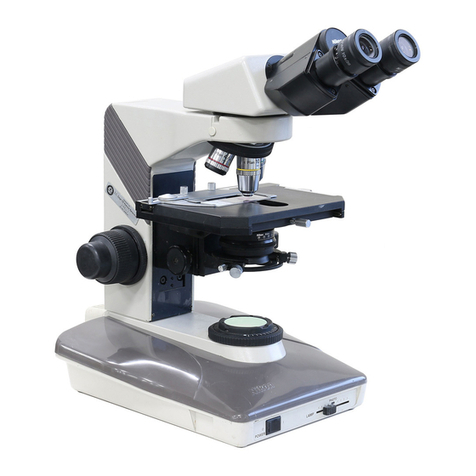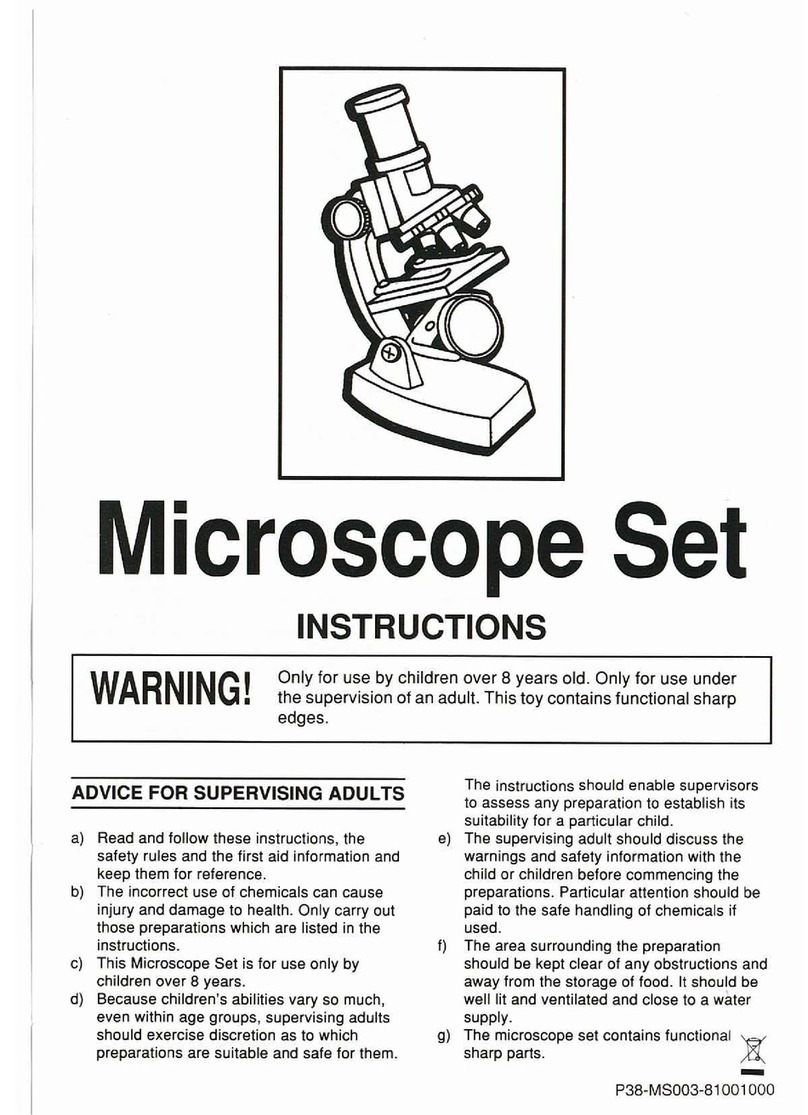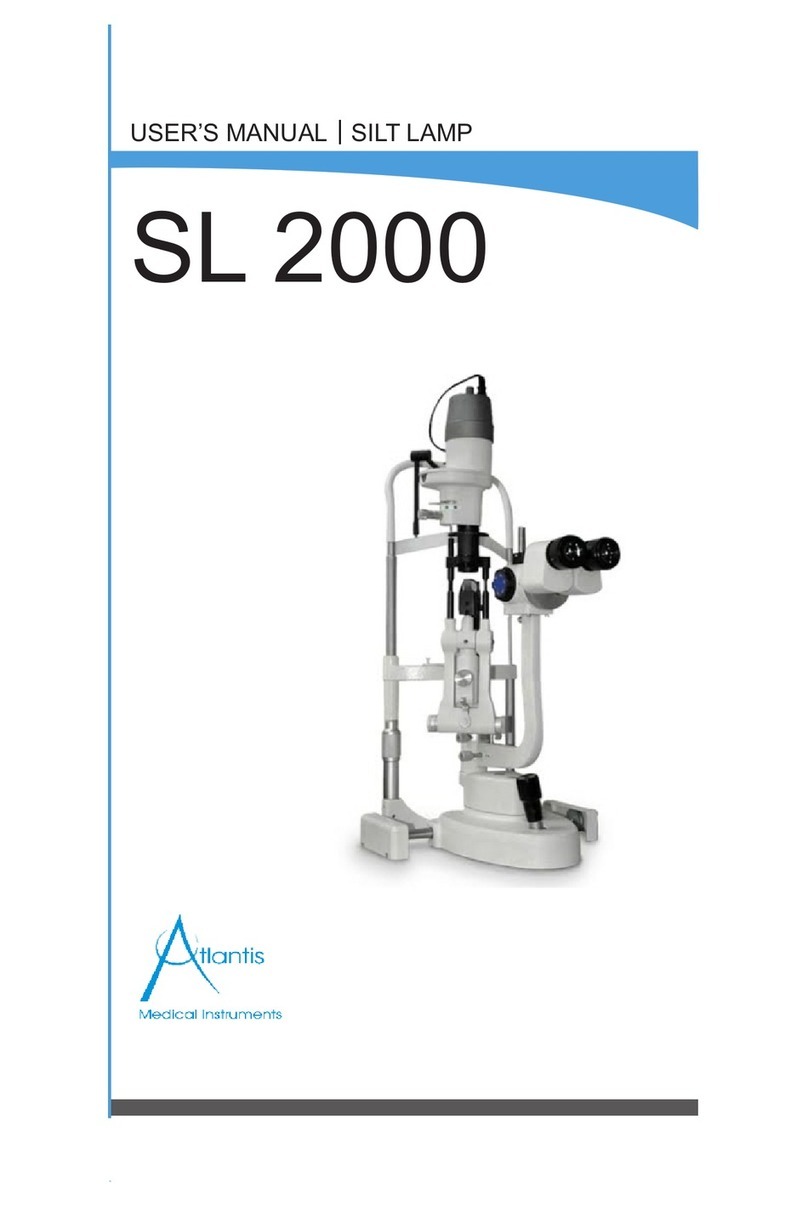Nikon DIAPHOT 300 User manual
Other Nikon Microscope manuals
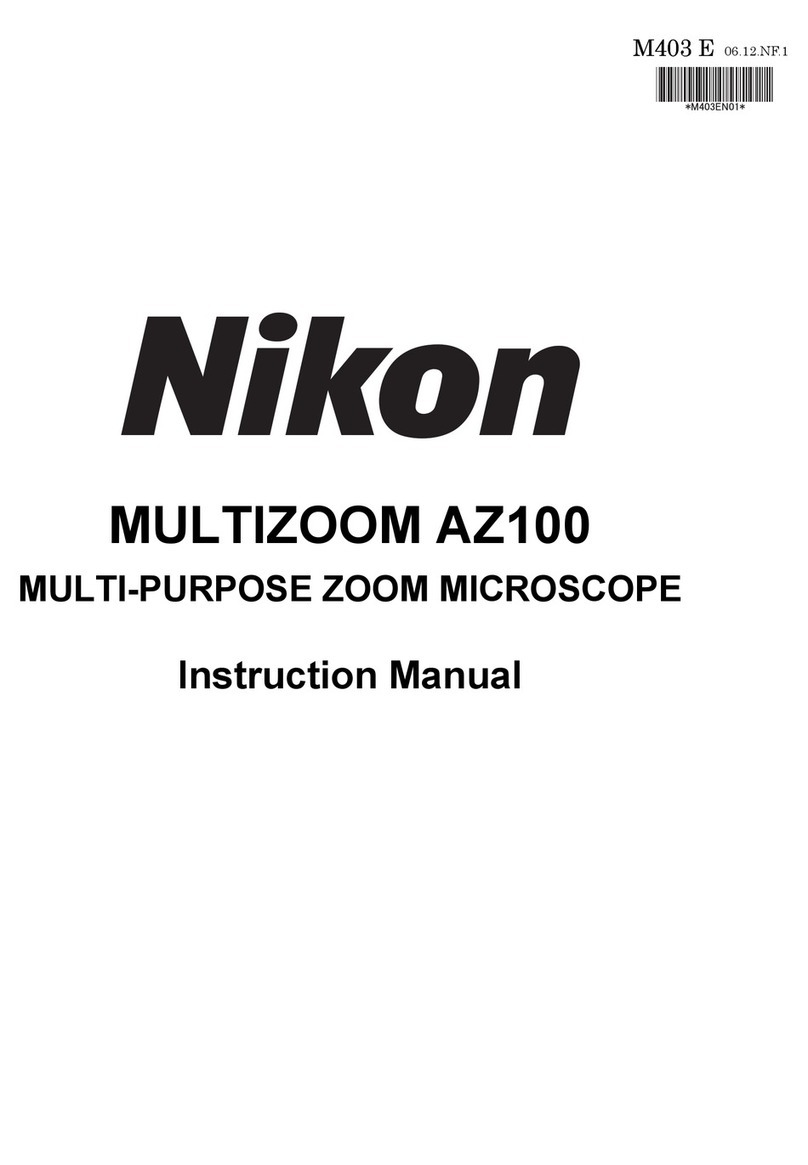
Nikon
Nikon Multizoom AZ100 User manual
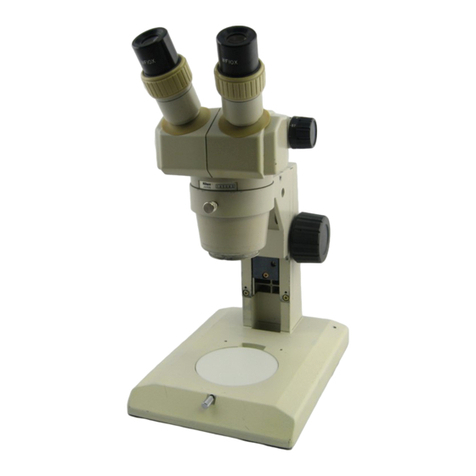
Nikon
Nikon SMZ-1B User manual
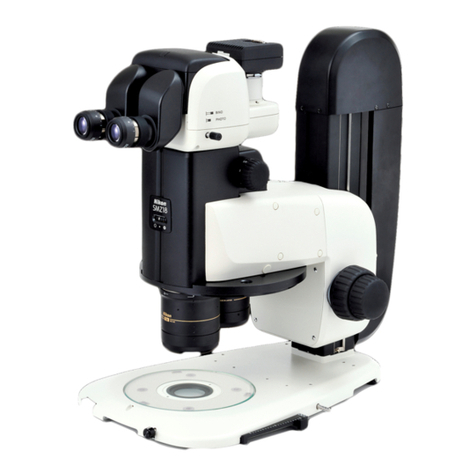
Nikon
Nikon SMZ25 User manual
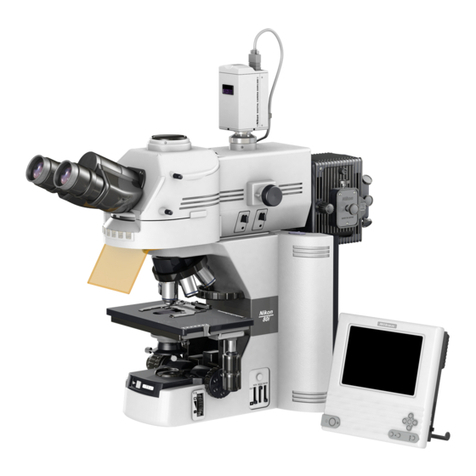
Nikon
Nikon ECLIPSE 80i User manual

Nikon
Nikon Multizoom AZ100 Release Note
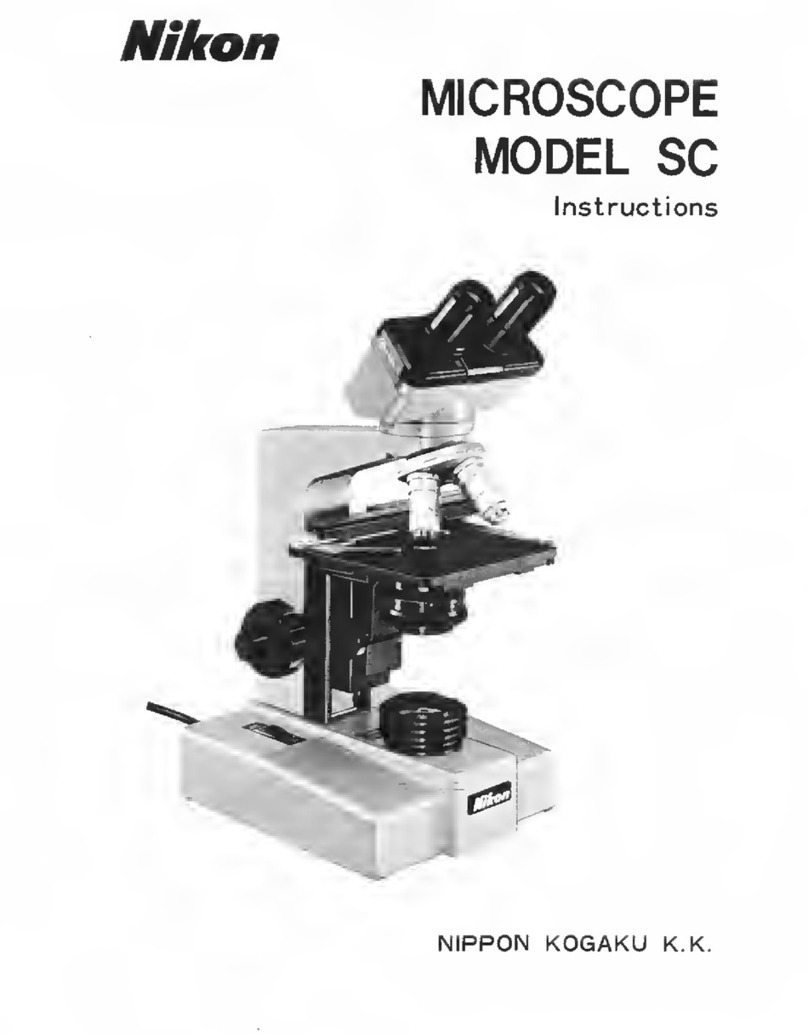
Nikon
Nikon SC User manual
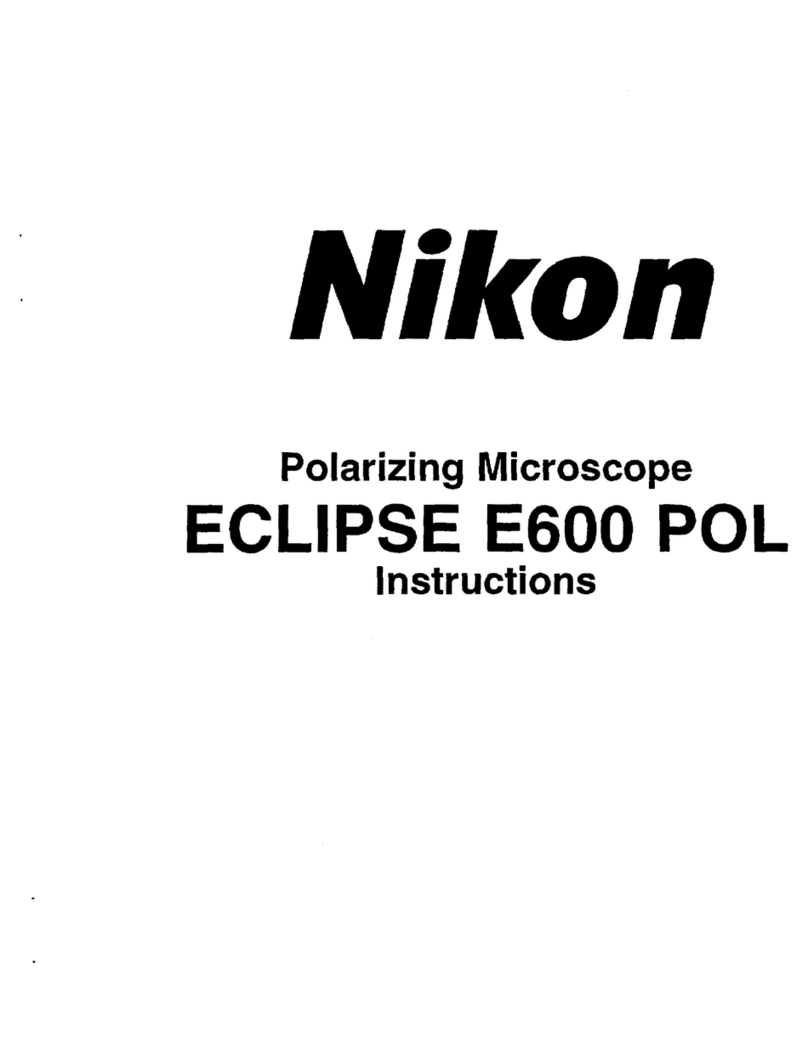
Nikon
Nikon ECLIPSE E600 POL User manual
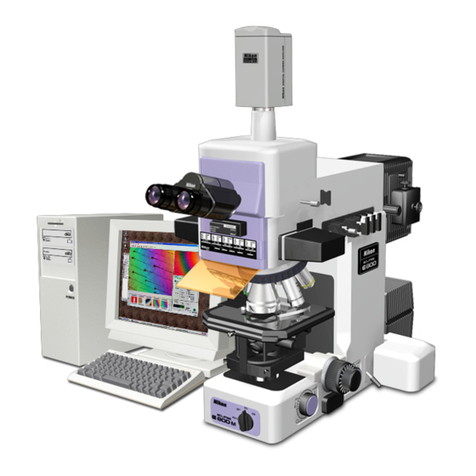
Nikon
Nikon Eclipse 800 User manual

Nikon
Nikon SMZ-1 User manual
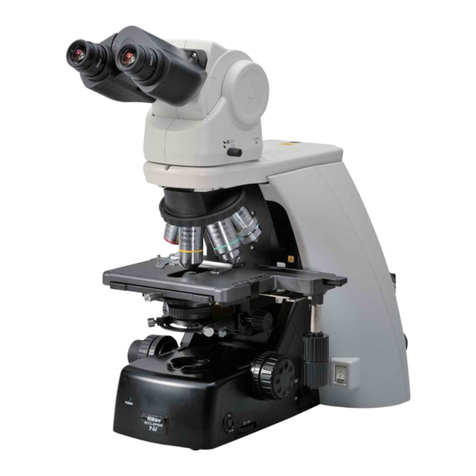
Nikon
Nikon Eclipse Ni-U User manual
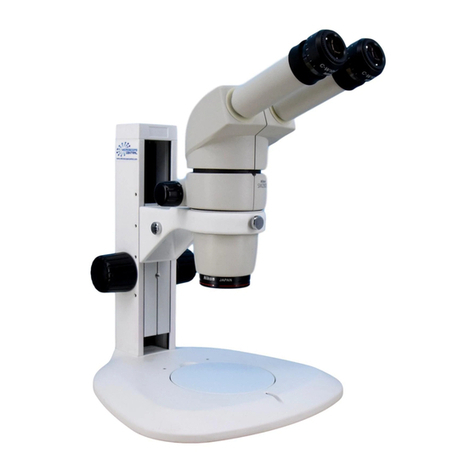
Nikon
Nikon SMZ1000 User manual
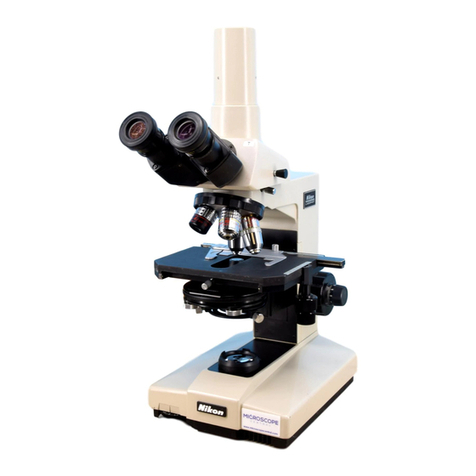
Nikon
Nikon Labophot User manual

Nikon
Nikon N-STORM User manual

Nikon
Nikon SMZ25 User manual
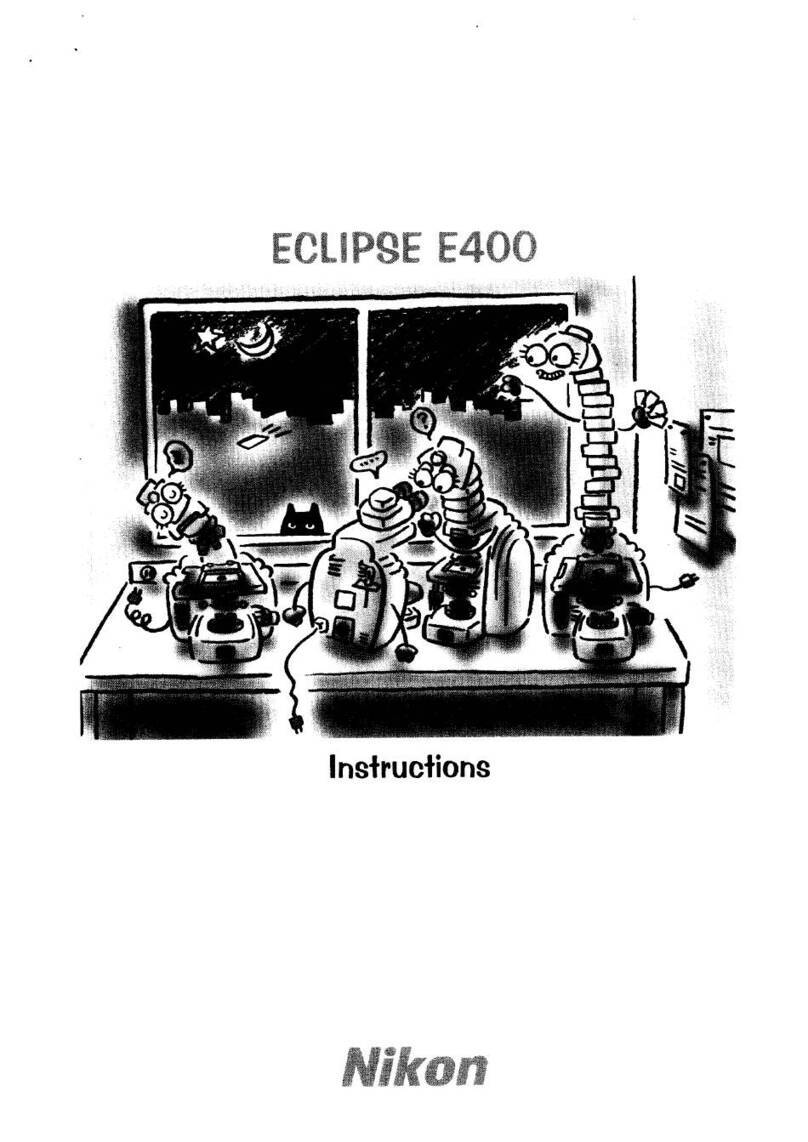
Nikon
Nikon Eclipse E400 User manual
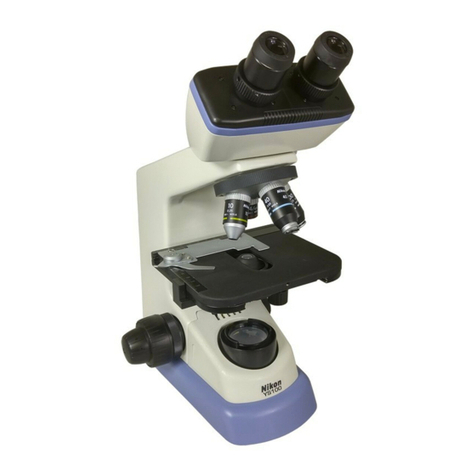
Nikon
Nikon YS100 User manual

Nikon
Nikon SMZ745T User manual
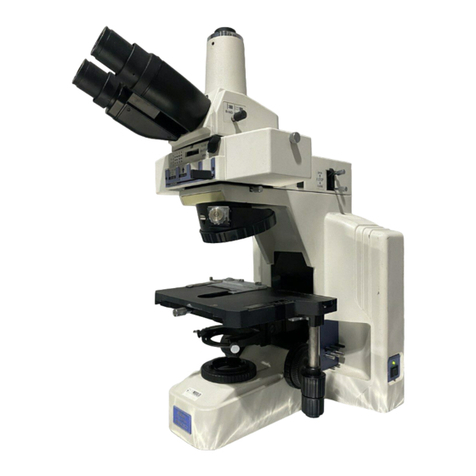
Nikon
Nikon Eclipse E600W User manual
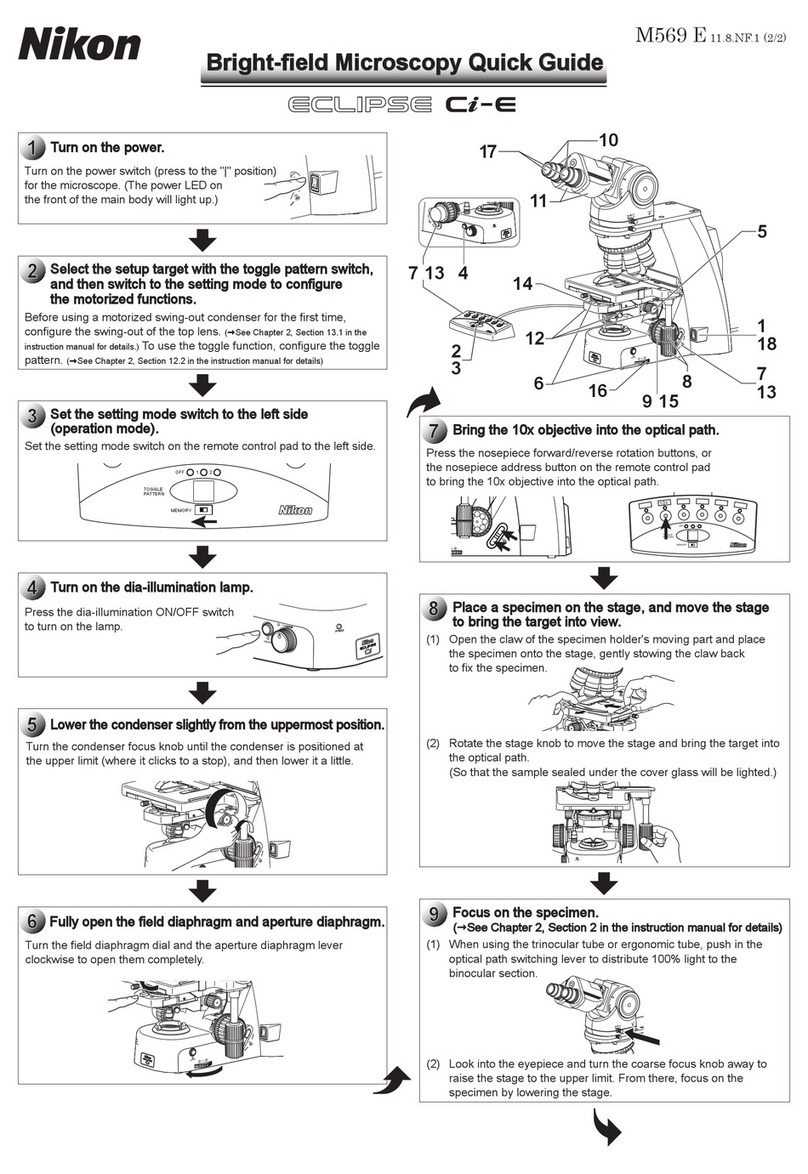
Nikon
Nikon Eclipse Ci-E User manual

Nikon
Nikon LABOPHOT-POL User manual
